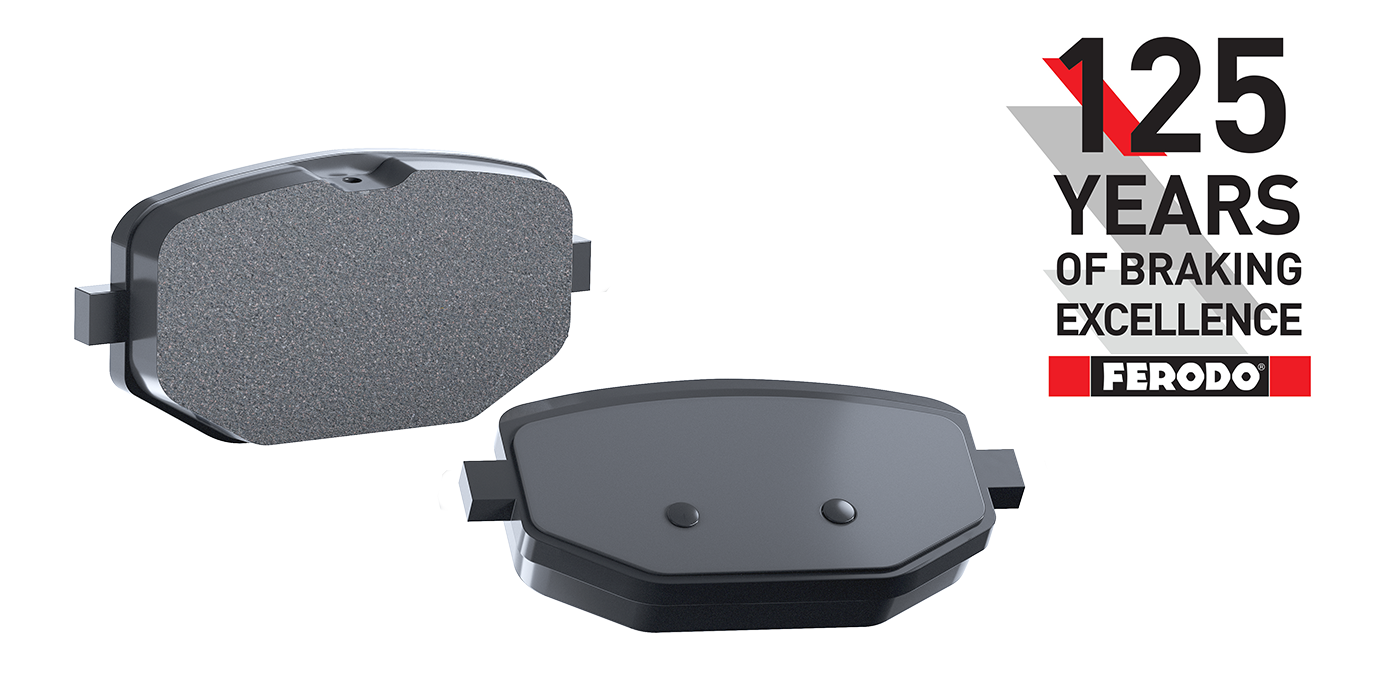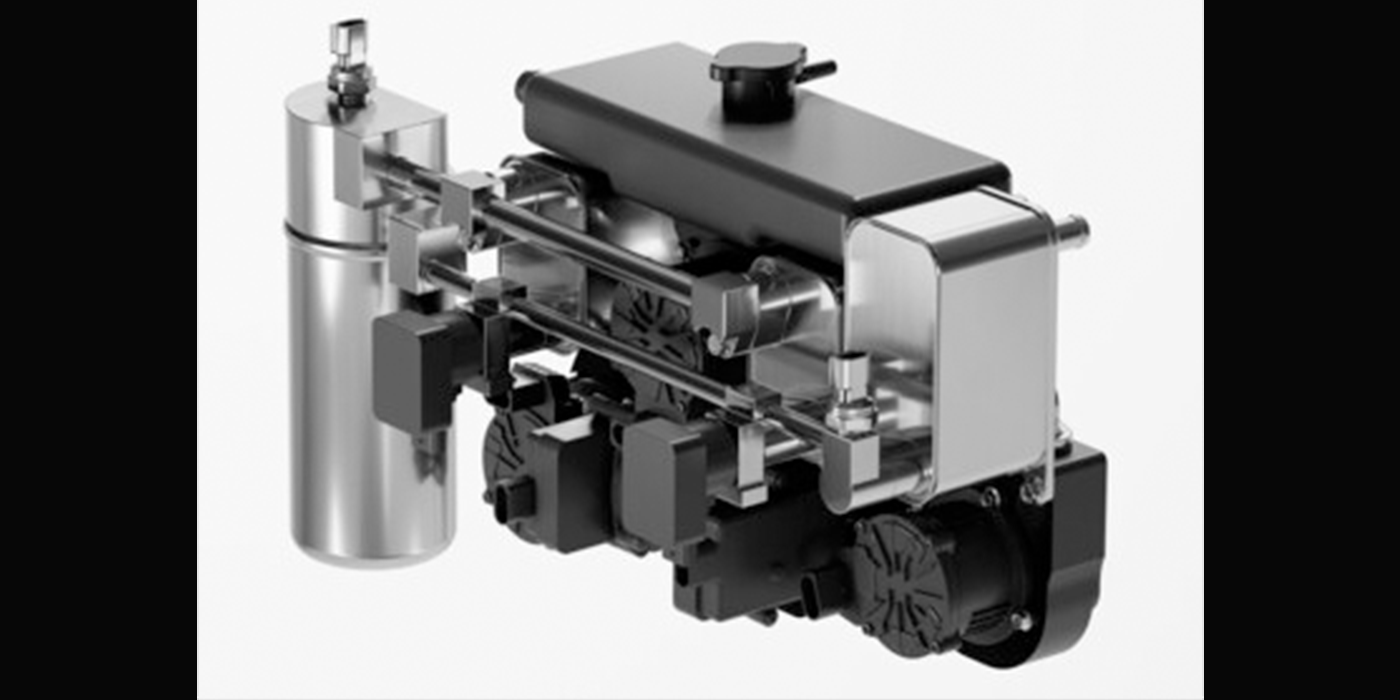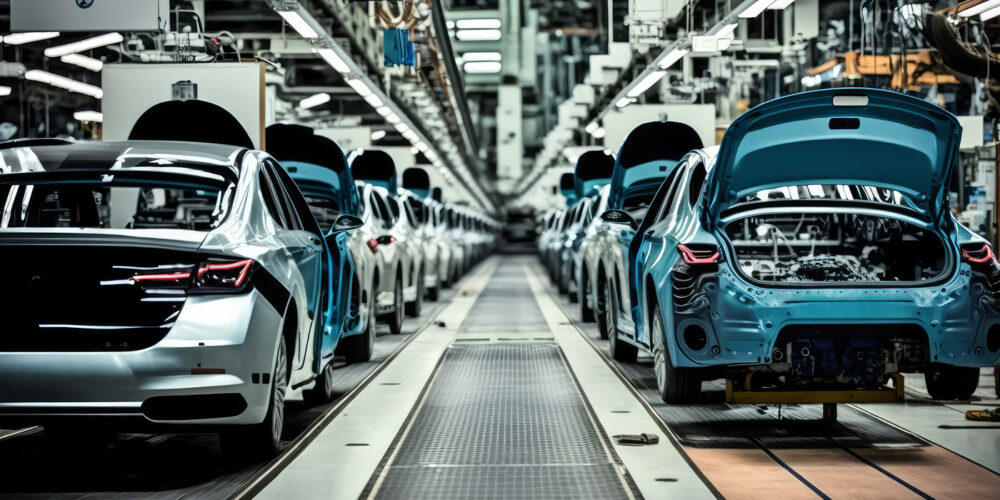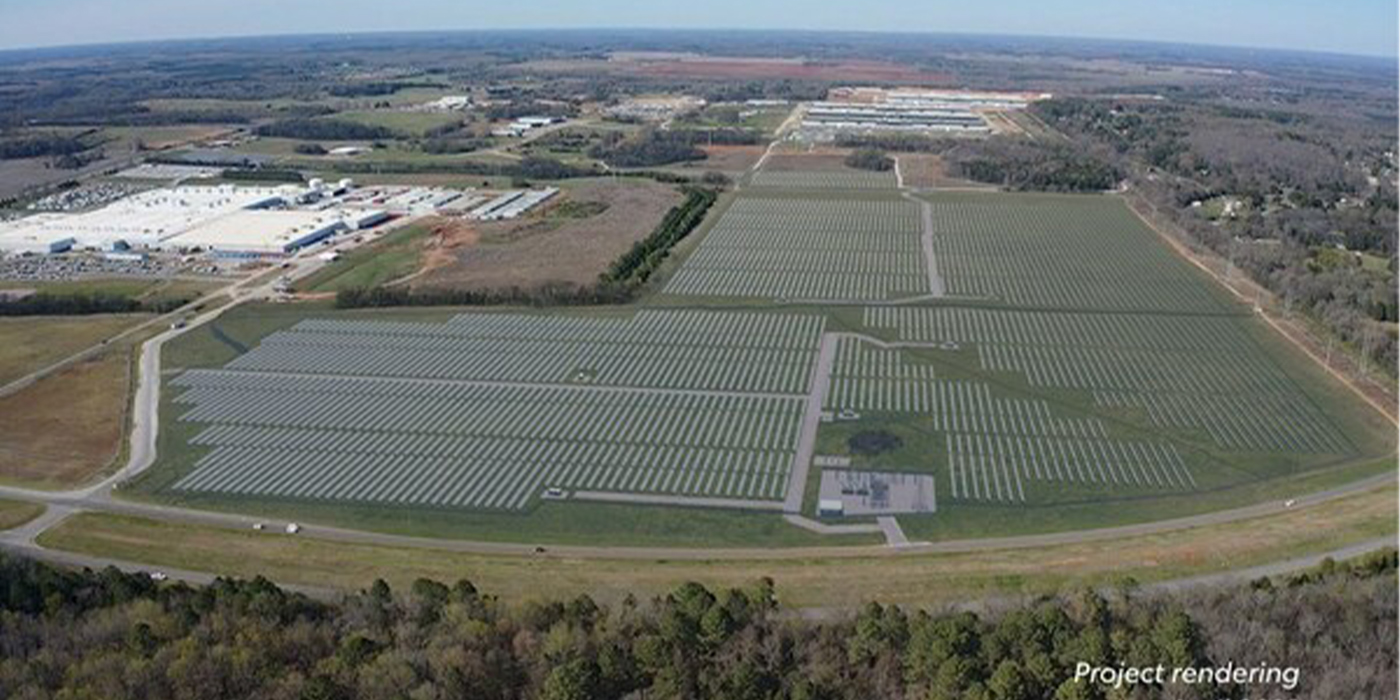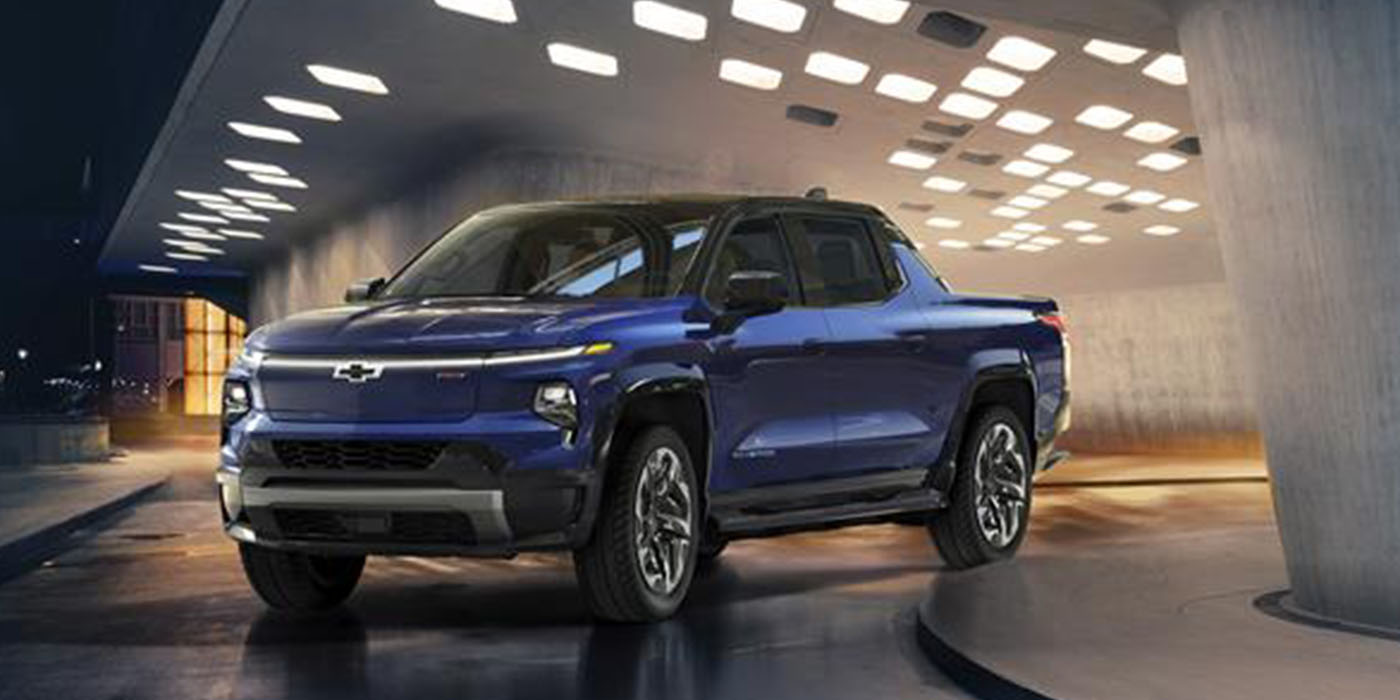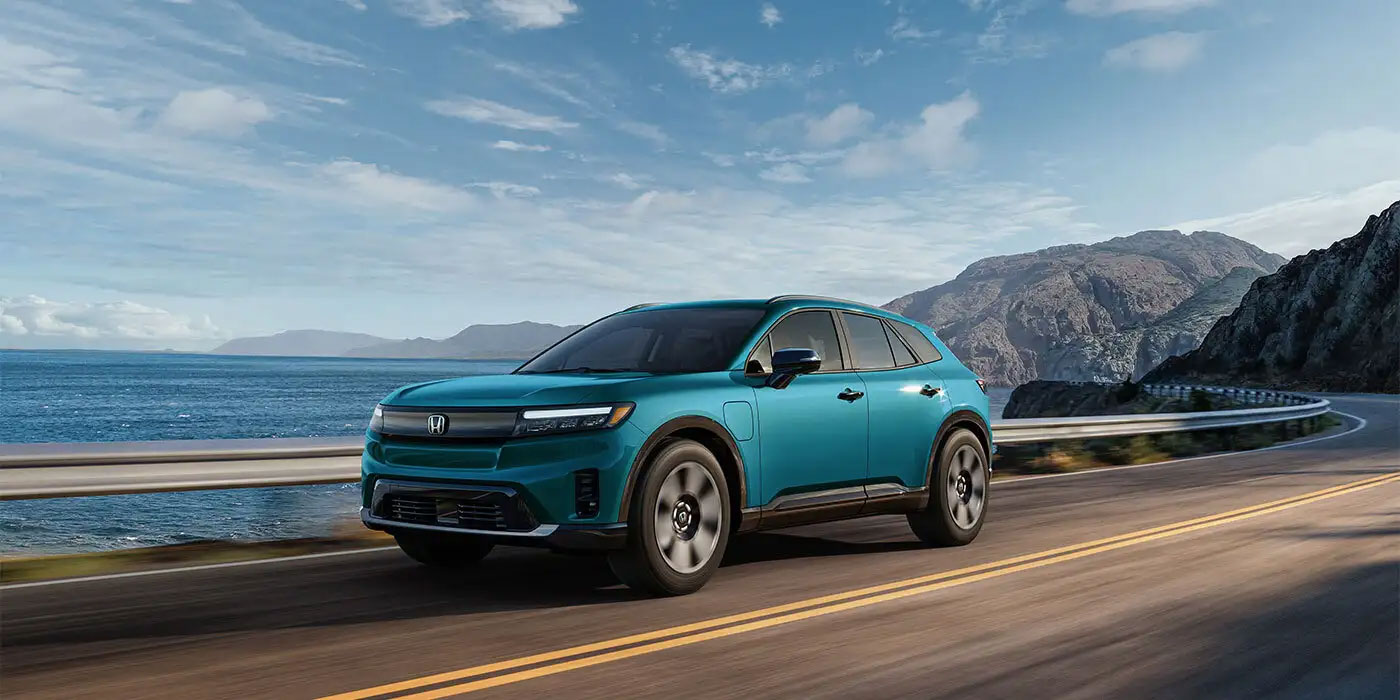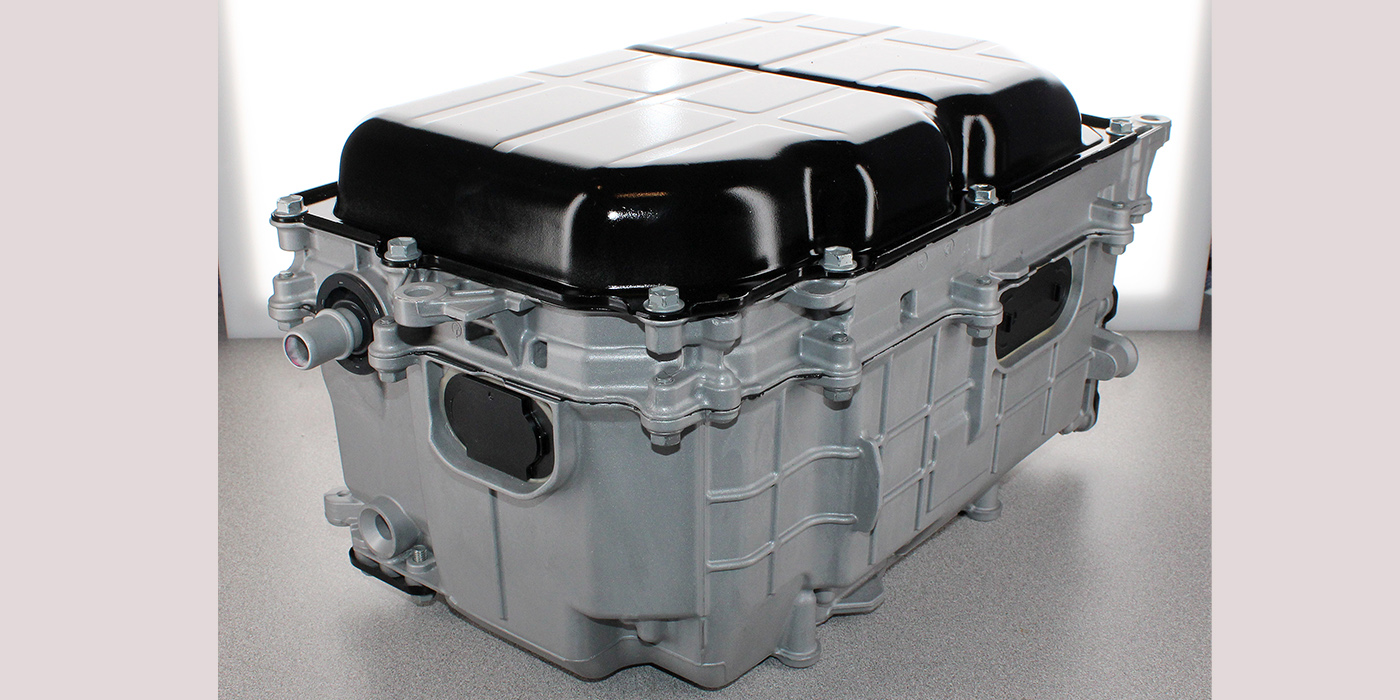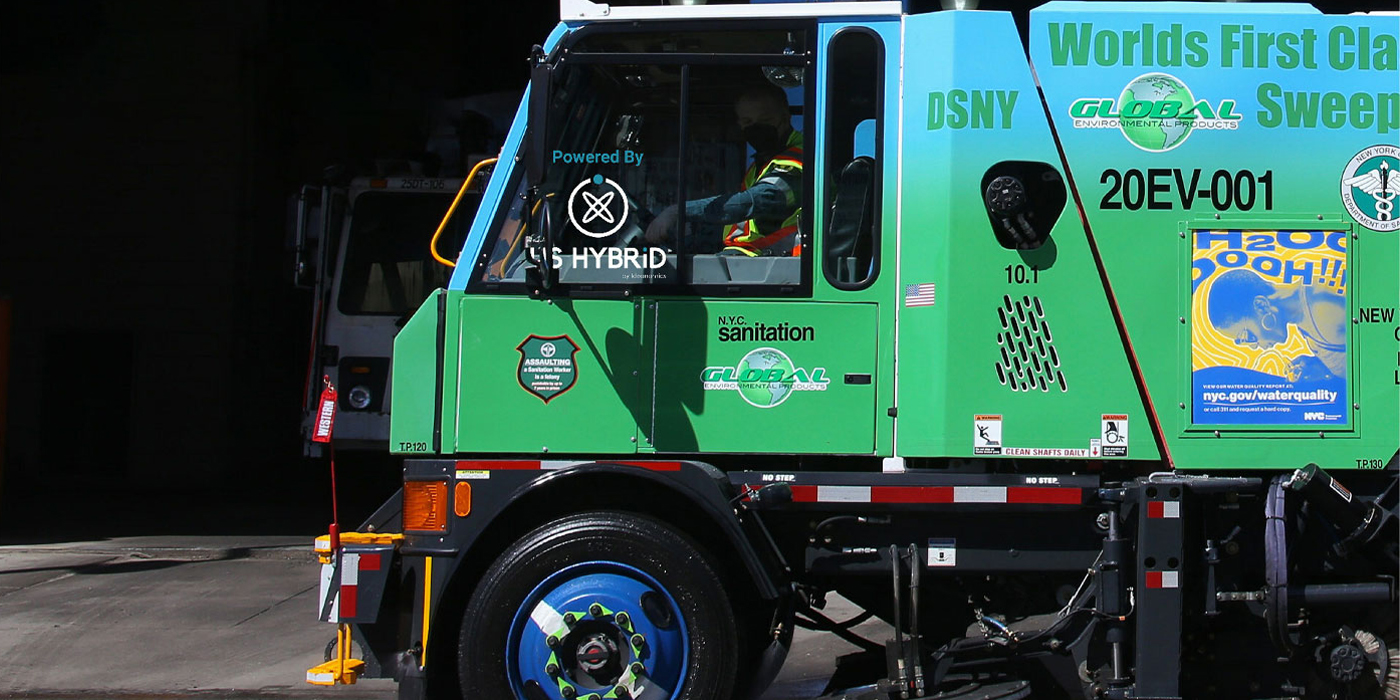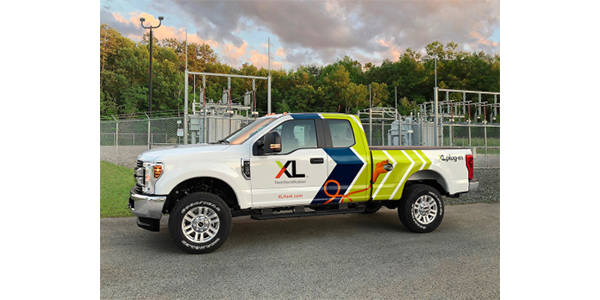
XL, a provider connected vehicle electrification solutions for commercial, utility and municipal fleets, has unveiled its first plug-in hybrid electric Ford Super Duty F-250 pickup truck at the NTEA Work Truck Show in Indianapolis. XL’s newest product expands its successful plug-in hybrid electric (PHEV) product family, which also includes the XLP Ford F-150.
According to XL’s initial assessment, the XLP F-250 truck will provide up to a 50 percent improvement in miles driven per gallon (MPG) over conventional factory units, while reducing greenhouse gas (GHG) emissions by 33 percent during normal operation. These numbers are consistent with what the PHEV F-150 has been proven to achieve at EPA-certified testing facilities.
The XLP F-250 features a high voltage 15 kWh lithium-ion battery pack that is compatible with Level 1 and Level 2 charging stations using an industry-standard J1772 plug interface.
The battery also is charged by regenerative braking during driving, which captures and stores energy while slowing the vehicle. The entire system weighs 750 pounds and is professionally mounted onto existing factory components. The XLP F-250 has no effect on Ford factory warranties, and requires no special maintenance procedures or charging infrastructure enhancements.
“The XLP F-250 is an important addition to the fleet industry, providing the legendary performance of a Ford Super Duty truck with the proven sustainability and fuel economy enhancements of an XL electrification system,” said Tod Hynes, founder and CEO of XL. “The fleet industry is looking for ways to electrify their trucks now, without adding significant infrastructure costs or range concerns for their drivers. This vehicle gives them that power.”
The product is scheduled to begin shipping to customers before the end of 2019. The vehicle is on display this week at the NTEA Work Truck Show in the XL booth No. 3175.



